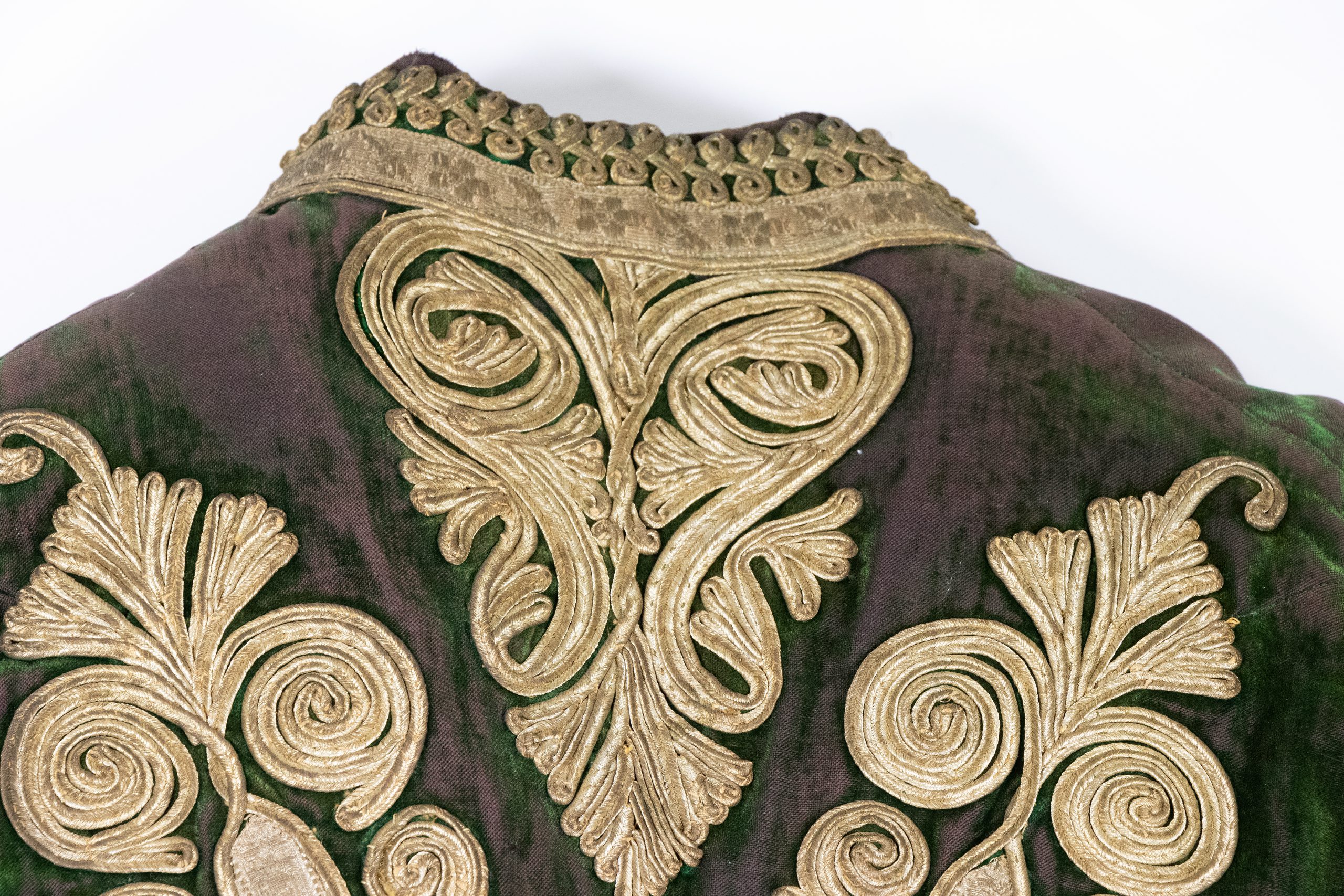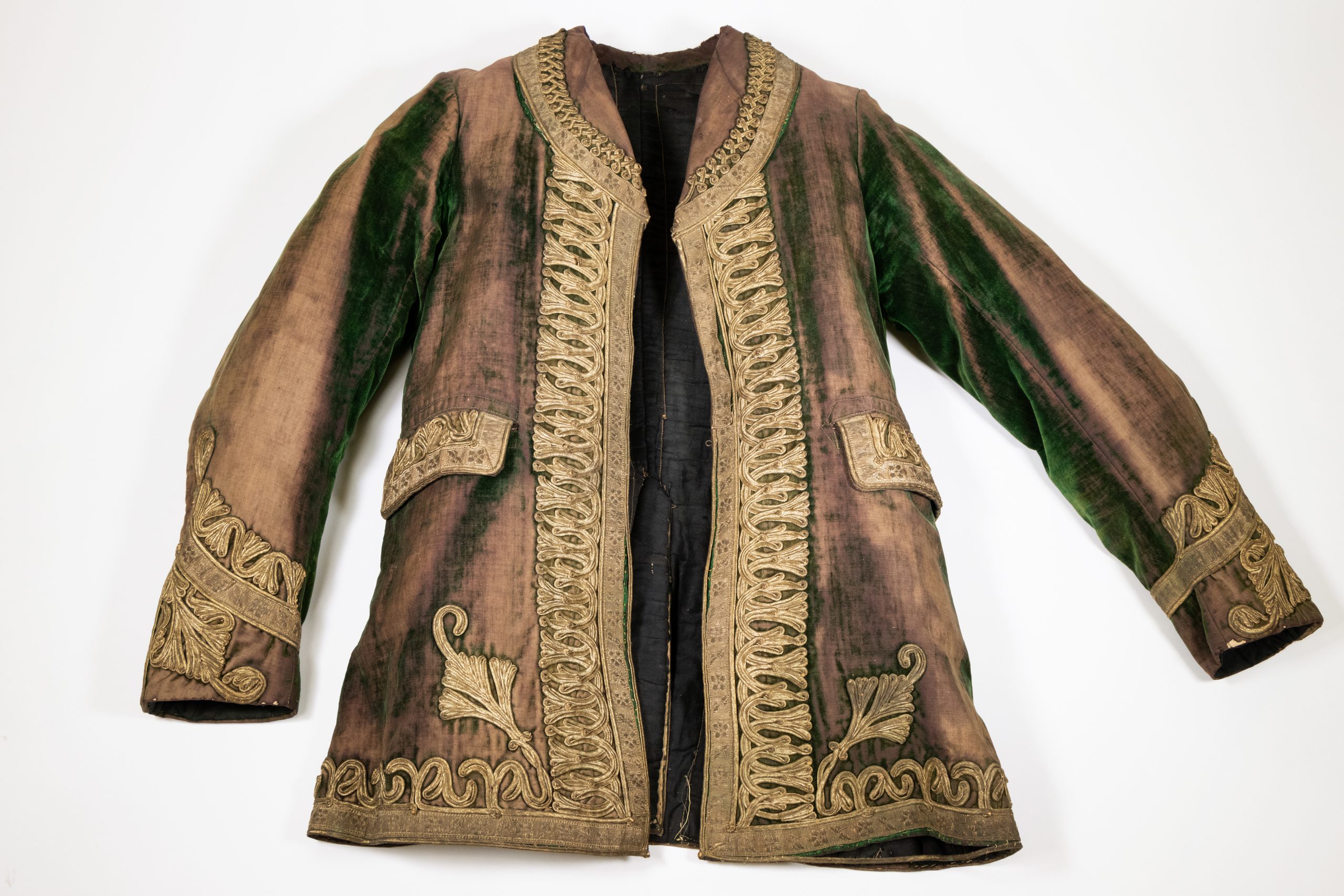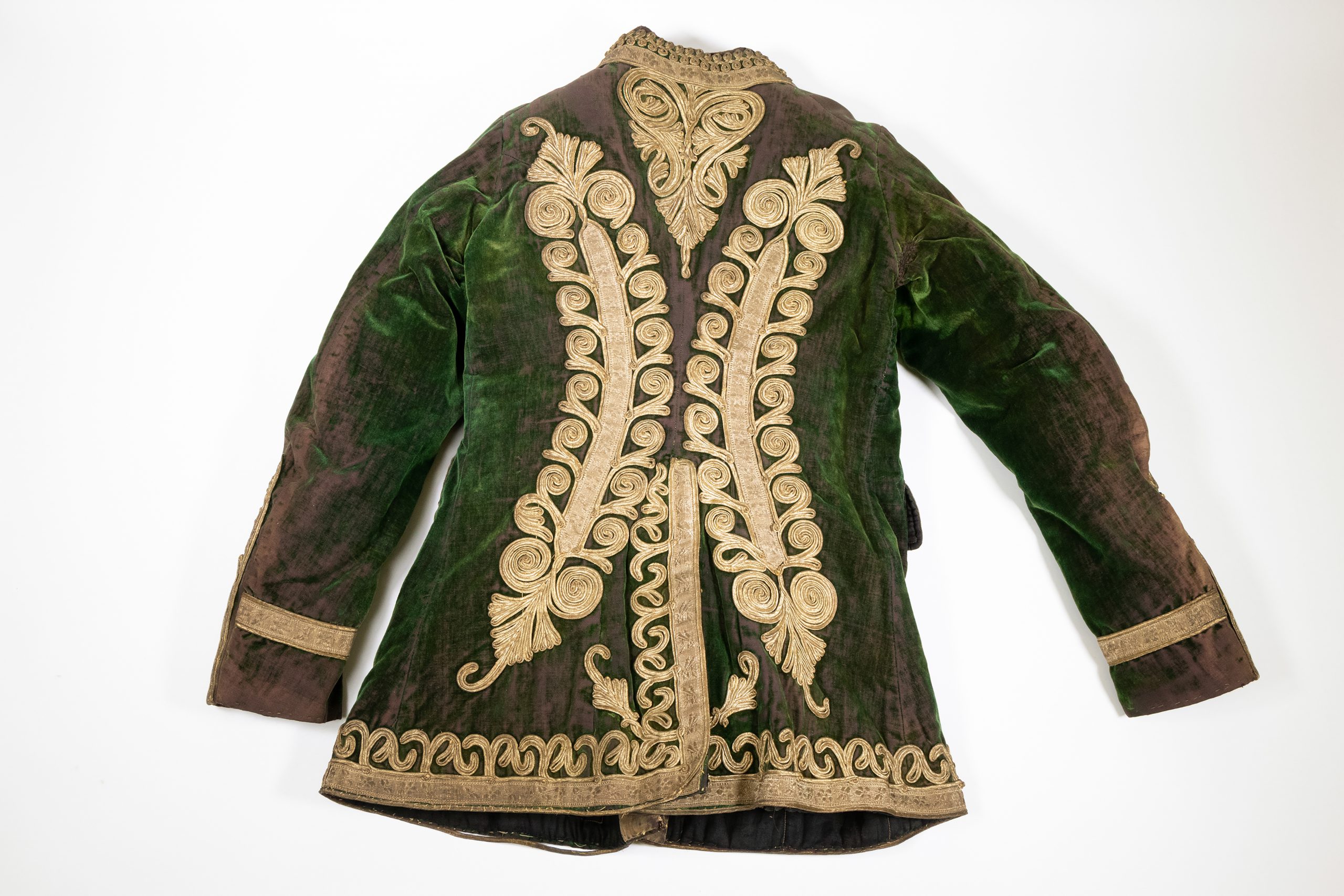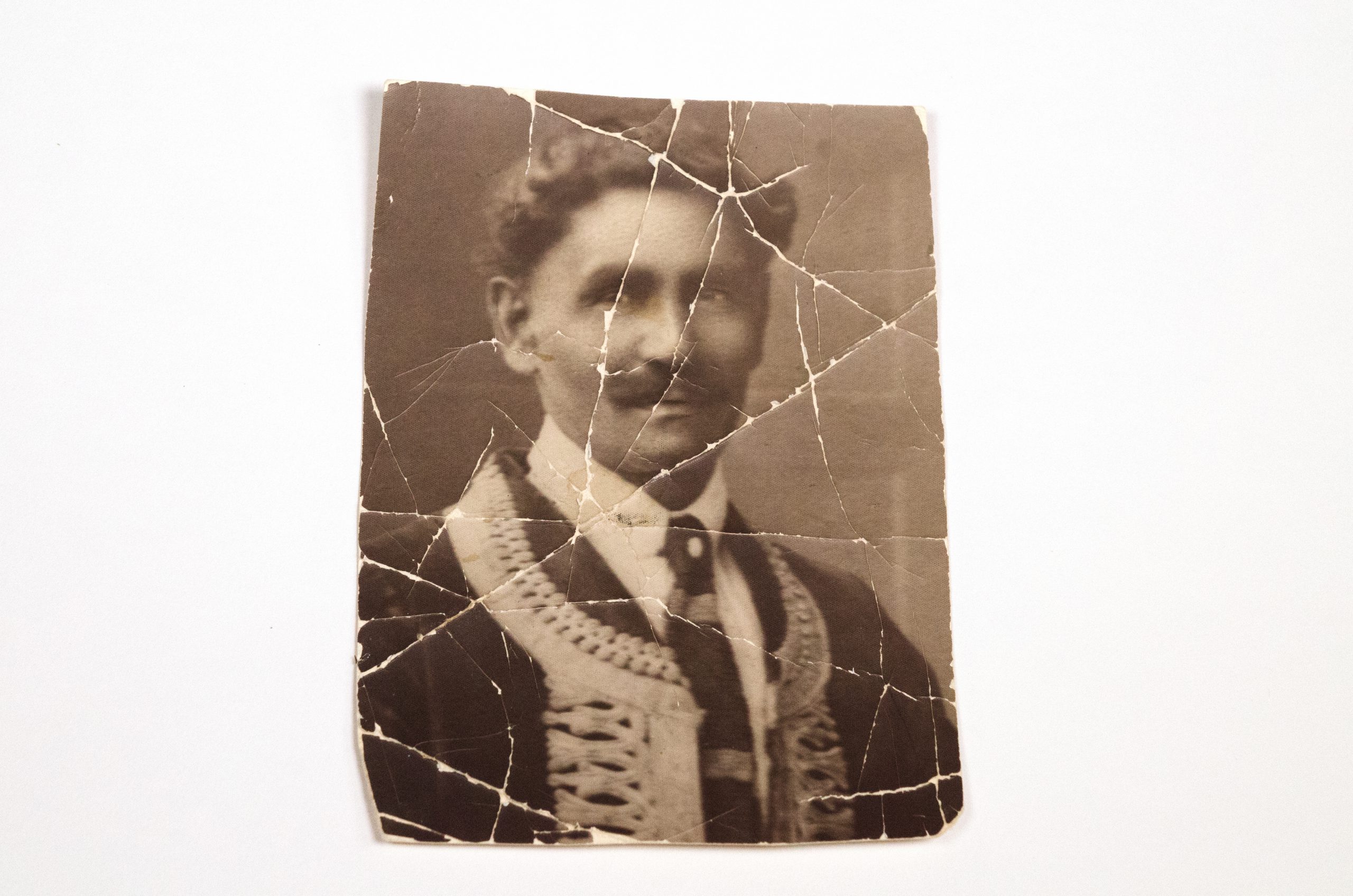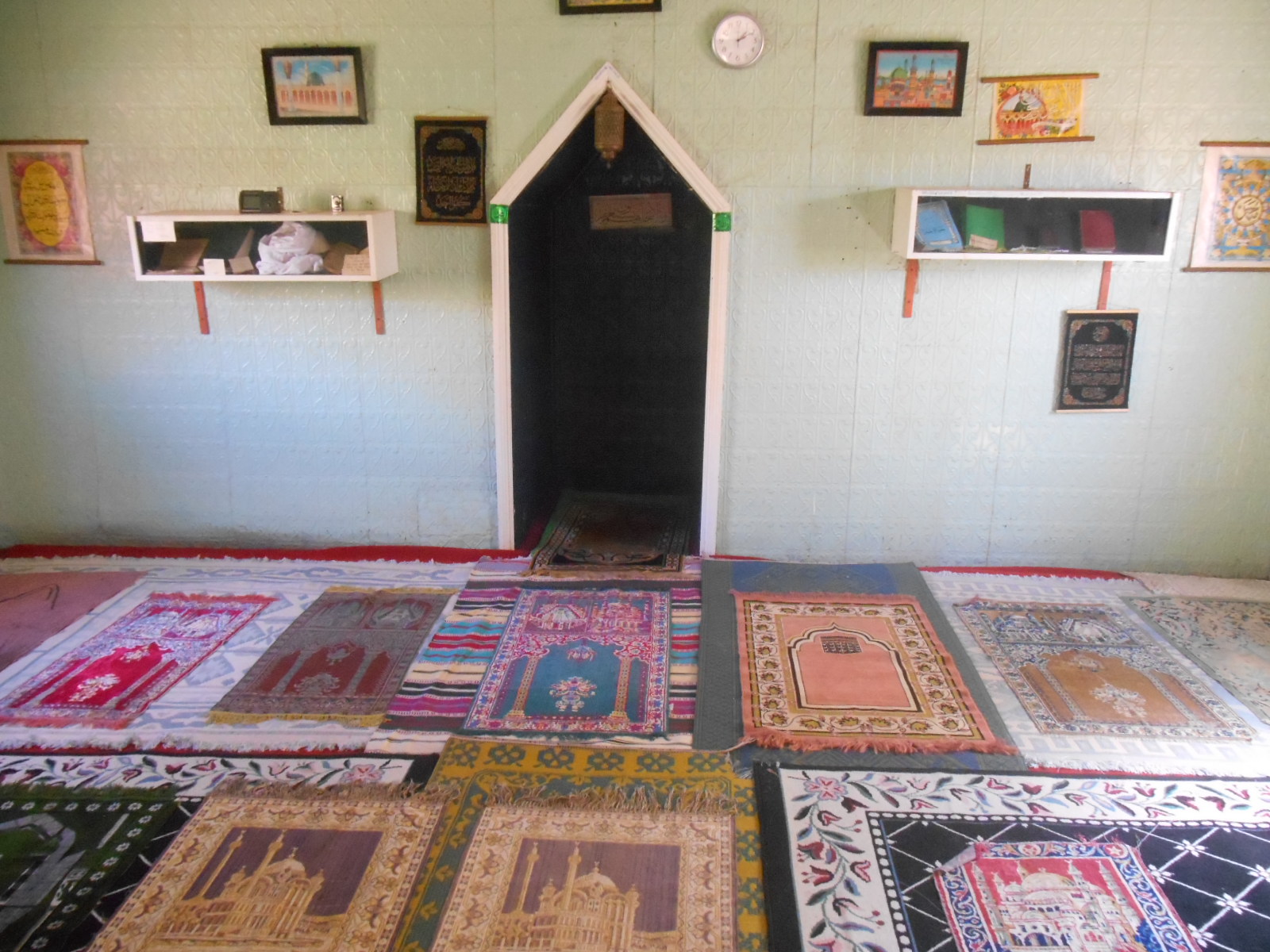An ‘Afghan’ Cameleer’s Life and Times
Shamroze Khan's Colourful Story
Shamroze Khan was born in 1877 in the Punjabi town of Peshawar, in what was then British-ruled India. In 1905 he moved to Broken Hill where he first worked as a cameleer carting freight to stations in the West Darling area with Zaidullah Fazullah, a fellow Punjabi from Ghorghushti. His new life in Australia presented him with abundant opportunities to travel, and to amass and lose a fortune. Shamroze and his fellow cameleers were a vital support to pastoral life in the remote ‘outback’ locations they served. The camels were especially suited to traveling long distances and in dry conditions.
Shamroze’s early years are shrouded in mystery, his son Ammin Nullah Shamroze (Bobby) recalled that he worked his passage to Australia around 1894, jumping ship at either Port Pirie in South Australia, or Port Albert on the south-eastern coast of Victoria. Like many migrants who came to South Australia, Shamroze first worked on the mines, taking a job at the Broken Hill Proprietary Company (BHP) smelters in Port Pirie.
Between 1913 and 1919, he traded camels while in Port Augusta West, later picking up work as a hawker and on the Victorian Railways. While in Victoria he married Lillian Hibbs and fathered two children with her, he returned to Broken Hill in 1928 after the marriage ended. Broken Hill offered both the spiritual comfort of the Mosque and the company of his countrymen who lived in the Afghan camp.
In 1932 Shamroze remarried and by then he was a wealthy man who owned houses, camels, and a shop at 728 Chapple Street near the Afghan encampment. His new wife Miriam, daughter of Zaidullah Fazullah, gave birth to their son Bobby in 1940.
It is uncertain where Shamroze purchased his ornate velvet coat, which he is wearing in the photograph shown below, but it is symbolic of his cultural identity and the wealth he accumulated. When in Adelaide he visited the wharves, taking the opportunity to speak his mother tongue with Indian sailors whose ships had docked. He may have bought the coat there. The coat is now faded but when new its colour and detailing was vibrant.
At the end of Shamroze’s life his fortunes had changed. He eked out a living doing various jobs in Broken Hill. He died in 1952 and was buried in the Mohammedan (Muslim) area of the Broken Hill cemetery. Today, his descendants share his story at the Broken Hill Mosque.


